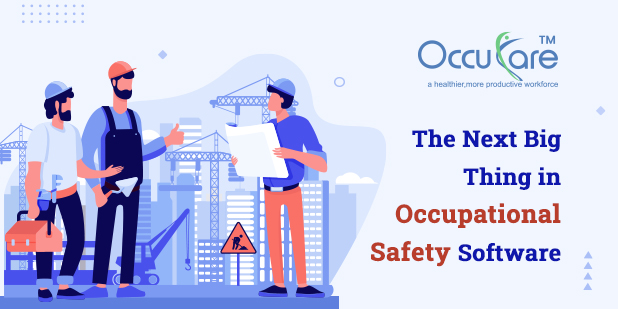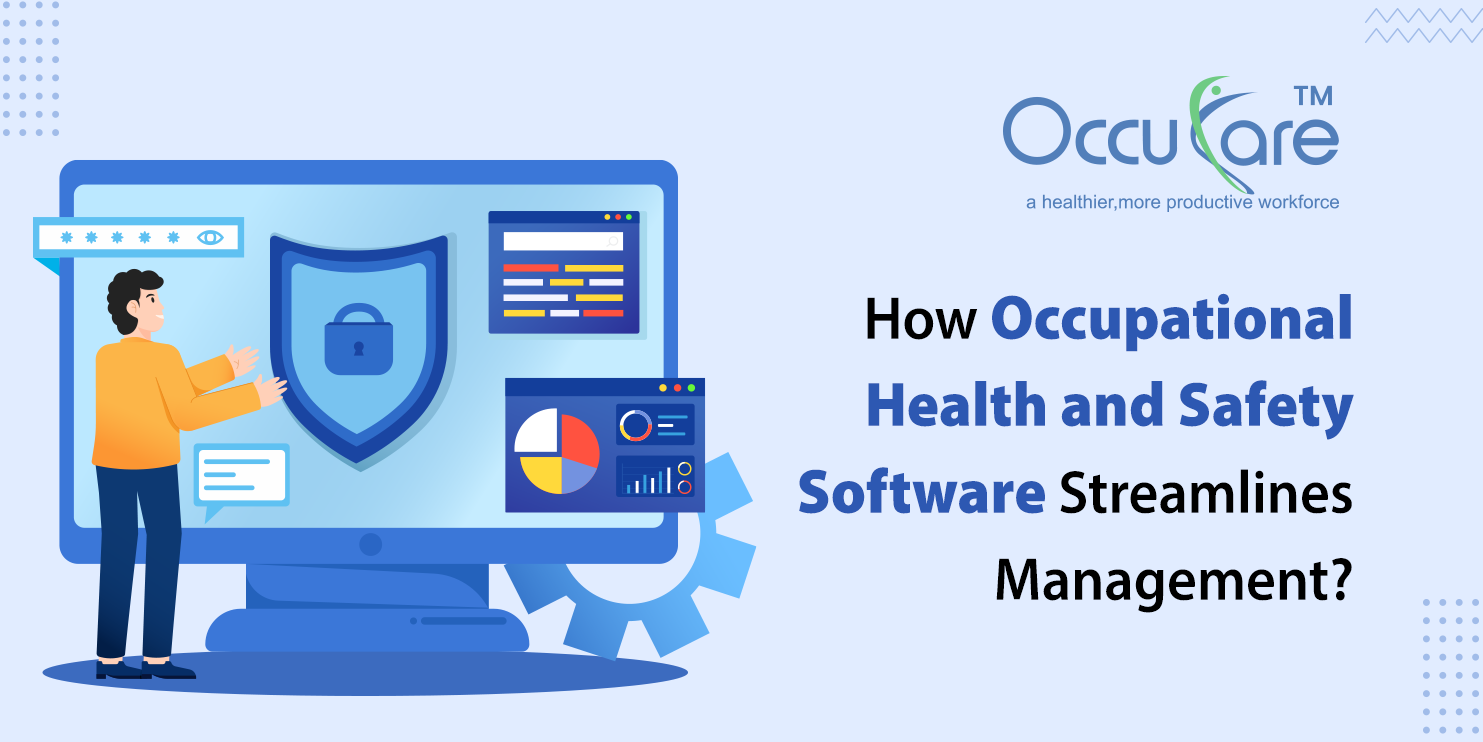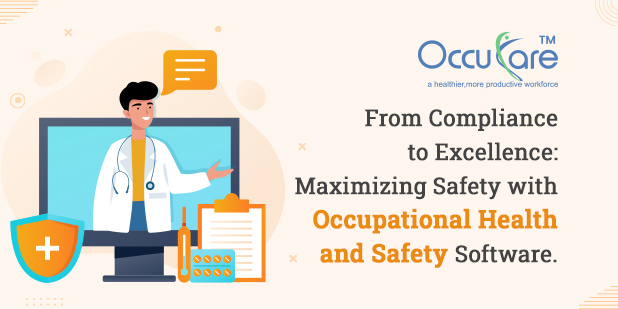Technology has not only advanced at a rapid pace but has also become interconnected. Software, devices and digitally-enabled equipment can communicate with each other, allowing for more data collection and great insights. Have a look at the best Occupational Safety software.
This has made workplaces safer and more efficient. However, many small and medium-sized businesses are still lagging behind their bigger peers when it comes to workplace technology.
With environmental, social, and governance (ESG) becoming a growing concern across industries and regulations becoming more stringent, it’s time to truly make health and safety a top priority. And that means implementing the technology that allows you to continuously improve the safety of your workplace.
1) Online Training
OSHA requires employees to undergo training on various workplace-related safety topics. Covering every subject can be daunting, especially when you have to schedule a time that works for everyone. No matter what, there’s a
good chance some people won’t be able to make it, meaning that you’ll need to hold backup training sessions.
Online training is a great alternative to in-person instruction. It still meets your OSHA training requirements, ensures that every worker gets the training they need, and allows them to complete it at a time that works for them. It also makes assessing their knowledge of training topics easier.
Of course, some jobs require a certain amount of hands-on training. But even in those cases, online training programs can be very beneficial. They’re a great complement to on-site training, allowing workers to receive instructions and complete written examinations ahead of time, freeing them up to focus on the in-person component of the training program.
2) Wearable Technology
If you work out, there’s a good chance you’re using wearable tech as you’re reading this. Fitness trackers have become incredibly popular with anyone who wants to count their daily steps, get their heart pumping, or keep
track of their fitness progress. The same kind of technology can also enhance workplace safety.
A wearable device can notify employees if they’ve been sitting too long and could benefit from a brief walk around the office, reducing their risk of an ergonomic injury. Manual labourers can wear one that alerts them to any signs
of fatigue. Safety vests can be equipped with lights that indicate when a worker has wandered into an unsafe area.
3. Voice Recorders
A voice recorder may not be the fanciest piece of wearable technology, but it can be incredibly useful for gathering data in a convenient and efficient way. With a headset or similar device, safety professionals can record their
observations during inspections. They can also communicate real-time reports to colleagues anywhere, on-site or off.
This eliminates the need to walk around with a clipboard and allows the user to record their notes while their hands are busy. Recording impressions can be less distracting than jotting them down. It can also encourage users to provide more detail and information, rather than using shorthand or only writing down the essentials.
4. Drones
Camera-equipped drones can give you a close-up view of areas that are difficult for workers to access. They can eliminate the need for some workers to enter confined spaces or climb high platforms, keeping them out of harm’s way.
Drones can also perform site inspections and locate hazards that are not visible from the ground level. They can also provide a bird’s eye view for search and rescue operations.
Drones are especially useful for:
- Surveying project or accident sites
- Confirming a suspected danger
- Inspecting bridges
- Surveying oxygen-deficient spaces
5. Smart Glasses and Body Cameras
Workers outfitted with body cameras can send live feedback to a supervisor or co-worker. This allows them to assess potential hazards, even from a remote location. It also gives a clear overview of the situation a worker is facing, rather than having them try to describe it over the phone.
Wearable cameras can also capture footage of incidents or unexpected events. The safety team can then review it to get a better understanding of exactly what happened. While testimonies are collected after an incident, they often leave out critical details that either went unnoticed or are difficult to remember after a sudden and stressful event.
6. Auditing and Analytics
Record-keeping and auditing apps profoundly transform the way safety data is gathered and analyzed. Most of the process can be automated, making it easier, quicker, and more accurate than scribbling down the information on
paper and then sorting through the document to review it.
Safety management software helps workers and safety professionals collect the right kind of data, instead of leaving it up to the user to sort through what is essential and what can be left off the form. This ensures that no one wastes their time with information that isn’t needed, while also making sure that people without an extensive background in safety don’t miss anything important.
Enhance the Safety of Your Workplace:
Safety professionals are not resting on their laurels. While there has been a lot of progress over the years, the safety industry will never stop working to reduce workplace fatalities. Check the best health and safety reporting software.
Technology is the most promising avenue to achieve this, and many tech solutions are already pushing safety ahead in simple, cost-effective ways. Every company says safety is its top priority. Without making diligent use of technology, however, this can often be an empty promise. Investing in safety tech is essential to creating a workplace that truly keeps its workers safe.










































































